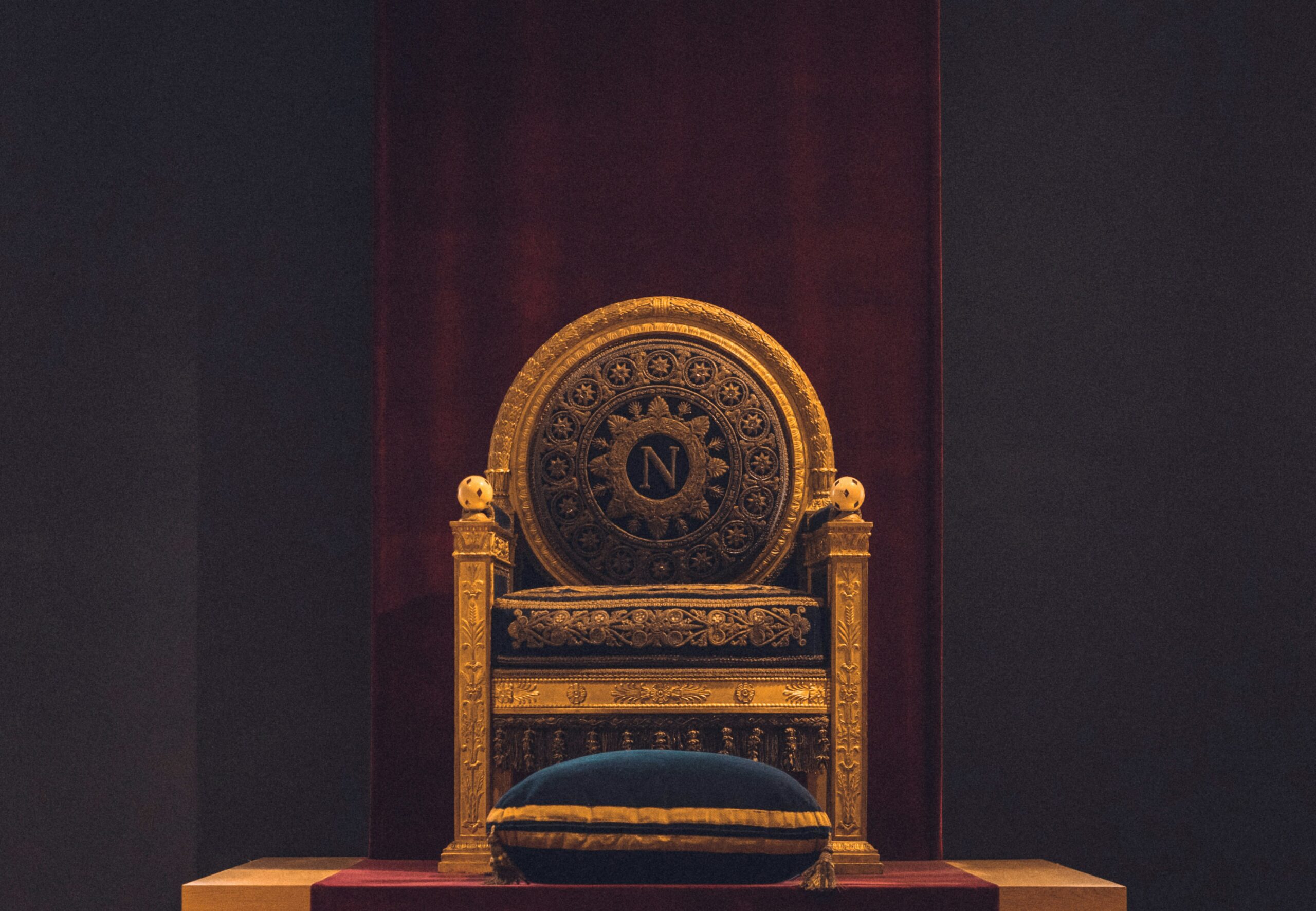It seems that scholars have been unable to settle on a universal “definition” of visual rhetoric. In Eyman’s excerpt on visual rhetoric, he explains how the concept relates to and works with digital rhetoric. In the last sentence of the section he states “…it is clear that visual rhetoric’s methods address only one aspect of digital rhetoric analysis and production.”
I understand this sentence just as much as I don’t (if that makes sense). I believe that I have a solid understanding of visual rhetoric both individually and as an asset to digital rhetoric.
Visual Rhetoric to Sonja Foss (2004)
I found Sonja Foss’ notes on visual rhetoric to be very interesting. Foss explains that visual rhetoric can simultaneously refer to two different practices.
The first aspect Foss refers to is visual rhetoric as “a product individuals create as they use visual symbols for the purpose of communicating.” When I read this part of the definition, I thought of road signs. These symbols are created for the purpose of communicating to drivers. The most simple example I could think of was a stop sign. The red octagon with four letters portraying the word “stop” let drivers know exactly when and where to stop the vehicle.
Another example I thought of was a sports graphic. I see tons of these on my feed every single day. For example, Caitlin Clark recently broke the record for most points scored through out an NCAA (collegiate) basketball career. She passed NBA legend Pistol Pete Maravich who previously held the record. One of the pictures I saw on my feed was simply Pete Maravich passing the “scoring title torch” to Caitlin Clark. This image contained no words, but I knew the purpose of the image regardless.
In the second half of Foss’ definition visual rhetoric is described as “a perspective scholars apply that focuses on the symbolic processes by which visual artifacts perform communication.” I struggled more with digesting this part (as a communications major, embarrassing, I know) but was able to come up with an example.
To me, an example of this would be examining the artifacts left in King Tut’s tomb. The fancy materials, chariots, gold, and other pieces portray a message. They show the life he lived and his status. If you never knew who he was, you would be able to gather that he was a person of status based on the trinkets left in the tomb.
I hope to further my understanding of the relationship between digital and visual rhetoric. I enjoyed this piece from Eyman a lot more than others.





Leave a Reply